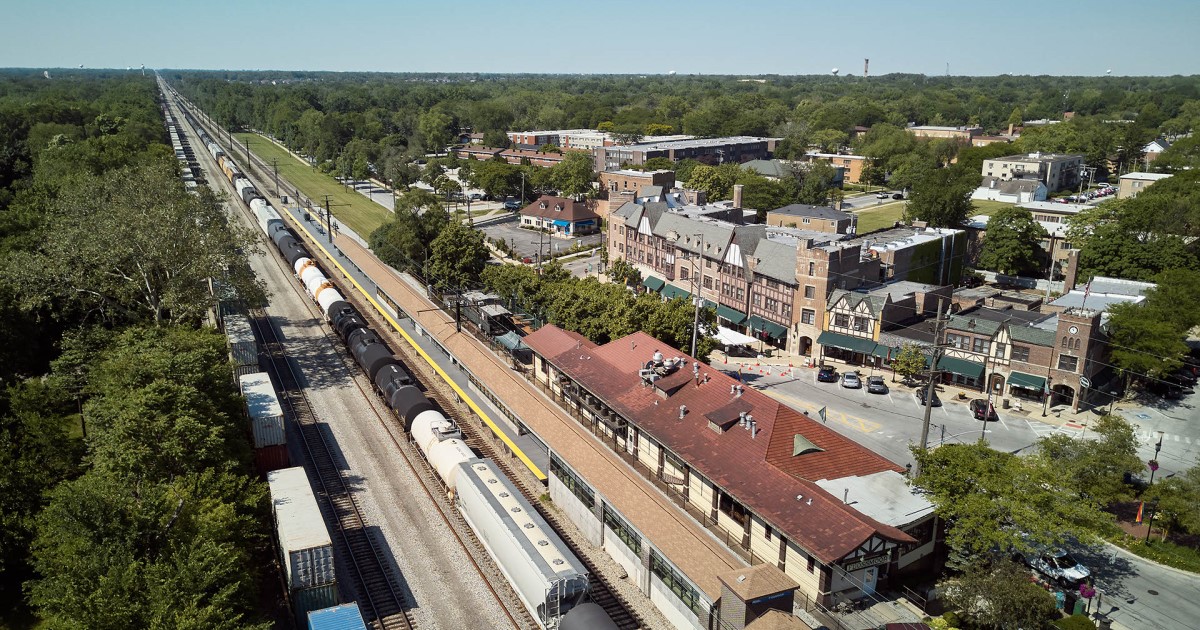The budget proposal would provide $3.7 billion in operations funding for the Illinois Department of Transportation (IDOT). This proposed appropriation is $15 million less than the amount enacted for FY21, but $102 million more than the total for FY20. Most programs would continue at similar levels as in FY21. IDOT also receives the majority of appropriations for capital spending in the proposed budget. The agency could receive $3.6 billion in new appropriations — slightly lower than the $3.8 billion IDOT received in FY21.
A large component of IDOT’s annual budget is derived from the state’s Road Fund. The budget proposes to leverage assets in the Road Fund to reduce other general funds expenditures. The proposal would allocate $100 million from the Road Fund to the Public Transportation Fund (PTF) to fulfill that portion of the state’s statutorily required contributions to the PTF. The proposal also would delay the scheduled allocation of additional sales tax revenue to the Road Fund from FY22 to FY23, reducing Road Fund allocations by $72 million.
Despite these transfers, the budget proposal continues the progress of Illinois’ capital program, Rebuild Illinois, enacted in 2019. Rebuild Illinois increased and tied motor fuel tax to inflation. It recognized the importance of multimodal projects and provided an ongoing funding source for transit projects. But, as past CMAP analysis has shown, these funds are not sufficient to address the significant capital investment needs in northeastern Illinois, particularly in the region’s transit system.
Public transit has provided invaluable essential services throughout the pandemic and will be a vital component of the region’s recovery. But the proposed budget would reduce distributions from the PTF by 10 percent. The PTF includes the state’s 30 percent match of the Regional Transportation Authority sales tax and Chicago’s real estate transfer tax. As with similar reductions in FY18 through FY21, the proposed FY22 transfers would reduce funding that, otherwise, would be available to invest in transit and support regional mobility. In addition, the baseline levels of support for other transit initiatives remain insufficient. The $17.4 million appropriated in FY22 to support reduced-fare subsidies is significantly lower than the cost the region’s transit agencies incur to provide this state-mandated program. The cost to regional transit agencies totals more than $100 million.
